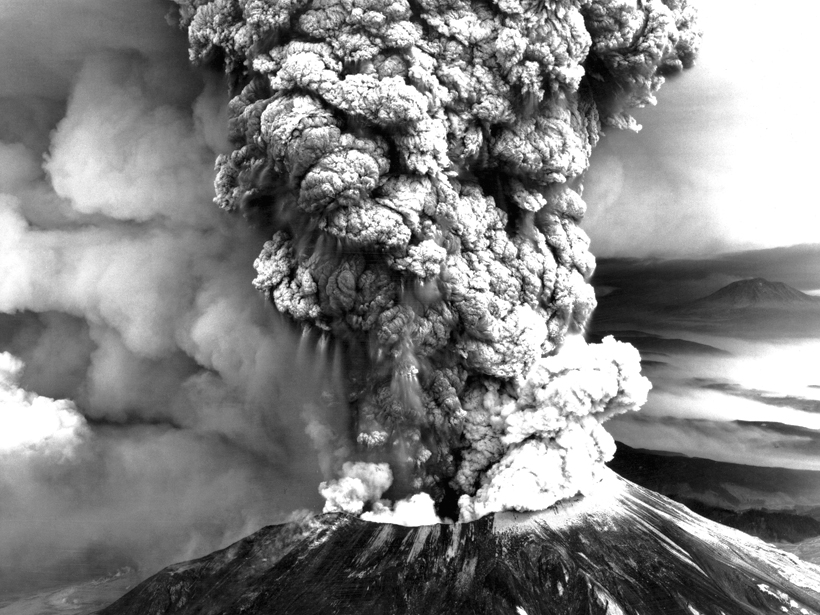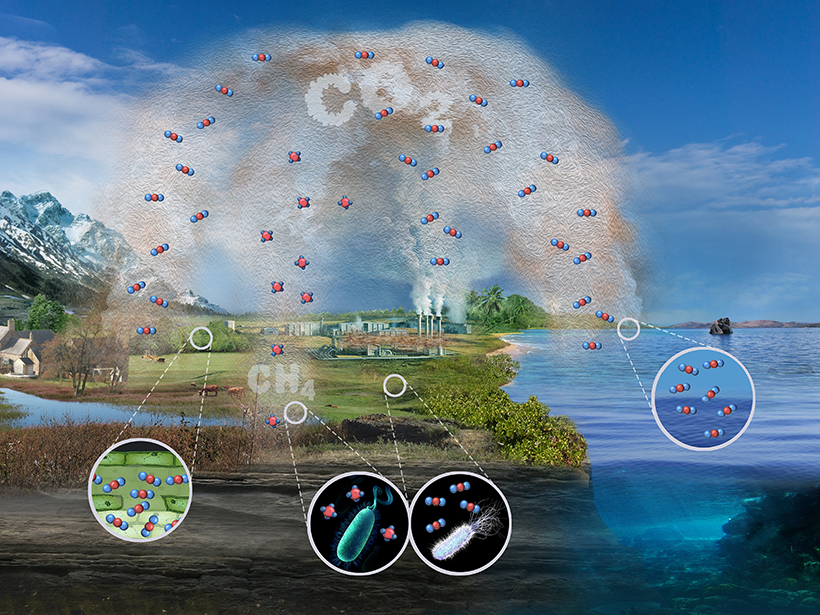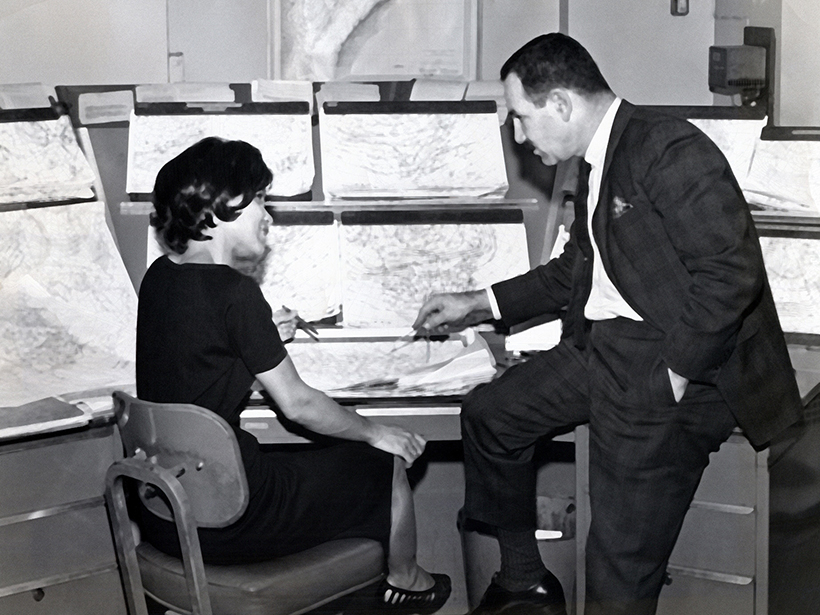A greater understanding of lightning mechanisms is spurring the development of more accurate weather forecasting, increased public health precautions, and a more sophisticated understanding of lightning itself.
Features
Lost in the Everglades
Living in Geologic Time: An unintentional adventure in the River of Grass shows how Florida has changed dramatically over 15,000 years of human habitation.
Deepwater Horizon and the Rise of the Omics
Microbial genomics techniques came of age following the Deepwater Horizon spill, offering researchers unparalleled insights into how ecosystems respond to such environmental disasters.
Modeling Under Pressure
At a critical moment in the effort to end one of the world’s worst oil spills, one scientist holed up in his office and pulled an all-nighter to calculate the well’s aquifer support.
High Water: Prolonged Flooding on the Deltaic Mississippi River
Changing climate and land use practices are bringing extended periods of high water to the lower Mississippi River. New management practices are needed to protect people, industry, and the land.
U.S. Readies Health Response for the Next Big Eruption
Forty years after the explosive eruption of Mount St. Helens, scientists, communities, and civic officials are evaluating plans to best protect public health before, during, and after an eruption.
Climbing the Occasionally Cataclysmic Cascades
Living in Geologic Time: Every one of the Pacific Northwest’s volatile volcanoes is likely to erupt again before the range goes extinct.
The Future of the Carbon Cycle in a Changing Climate
Surface and space-based observations, field experiments, and models all contribute to our evolving understanding of the ways that Earth’s many systems absorb and release carbon.
June Bacon-Bercey: Pioneering Meteorologist and Passionate Supporter of Science
Bacon-Bercey redefined the role of the television meteorologist, blazing trails for African Americans and endowing an AGU scholarship for women studying atmospheric science.
Diagnosing Thwaites
The water under a vulnerable Antarctic glacier is warming. Its catastrophic collapse could trigger a dramatic increase in global sea level.










